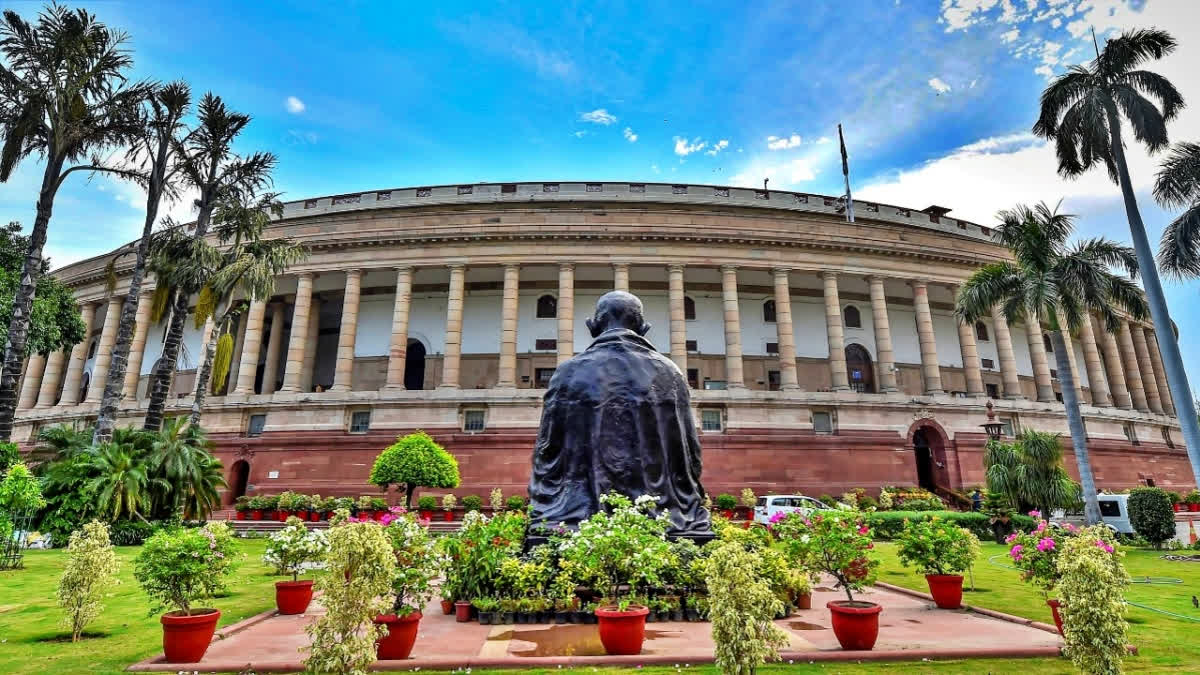Hyderabad: If change is only constant, then the old Parliament Building has been a mute spectator of the change of the nation -- from carrying the wounds of partition and subsequent communal violence to becoming the fifth largest economy of the world. ‘The tryst of destiny’ that started at the stroke of midnight on August 15 1947 inside the central Hall will have a formal farewell on May 28, 2023, giving way to the new.

As the sun sets on the historic Parliament House, a wave of nostalgia washes over the nation, for it has been a silent observer of several landmark incidents that have shaped the course of Indian history. For almost a century, this majestic building stood as a symbol of democracy, witnessing the struggles and triumphs of a nation on the path of progress.
The Council House, presently the Old Parliament House, consists of a central hall with a diameter of 98 feet. This hall holds great significance as it was the site where the Indian Constitution was drafted, and it embodies the essence of the Parliament Building. The Constitution of India came into effect on January 26, 1950, and the first general elections under the new Constitution took place during the year 1951-52. As a result, the first elected Parliament came into existence in April 1952.
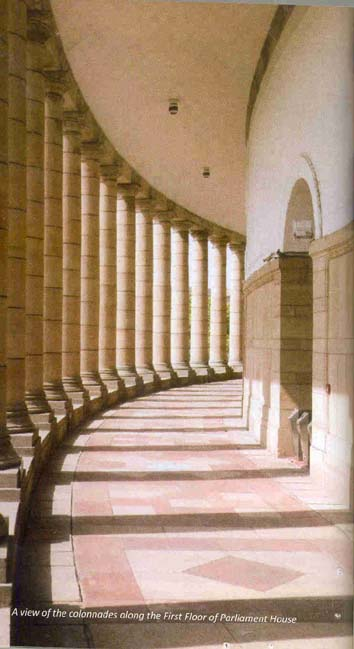
Situated at the end of Sansad Marg, the Parliament, also known as Sansad Bhavan, accommodates the Lok Sabha, Rajya Sabha, and a library hall. Between these three chambers lies a garden, adding to the serenity of the surroundings. The building provides accommodation for ministers, important officers of the Lok Sabha and Rajya Sabha, as well as Chairmen and Parliamentary Committees. In 1956, two floors were added to the existing Parliament Building, expanding its capacity.
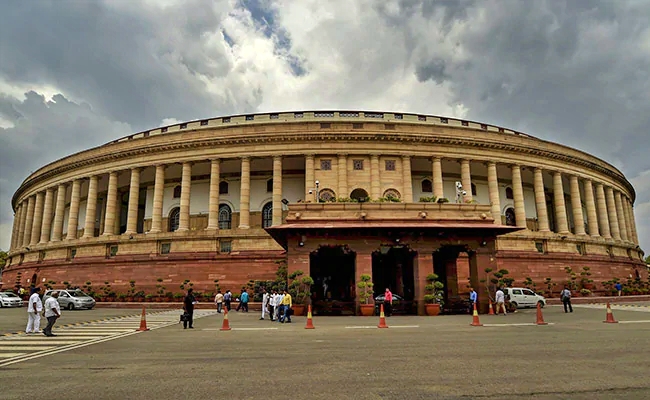
In an effort to educate people about India's democratic heritage, the Parliament Museum was established in 2006. This museum offers a range of engaging features, including sound and light videos, interactive large-screen computer displays, and virtual reality experiences. Its aim is to enlighten visitors about the rich democratic legacy of India.
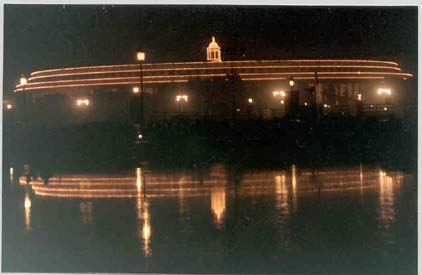
The corridors of this historic edifice resonate with the footsteps of visionary leaders and passionate debates that have shaped the destiny of India. It was here that Atal Bihari Vajpayee, in his brief tenure as Prime Minister, initiated the Ministry of Consumer Affairs, Food and Public Distribution, leaving an indelible mark on the nation's welfare. It was also within these walls that the Bharatiya Janata Party coalition government faced a moment of reckoning, as the withdrawal of support by the AIADMK led to its fall by a single vote. Such incidents have woven the fabric of India's political history, creating a tapestry that reflects the diverse and dynamic nature of the nation.
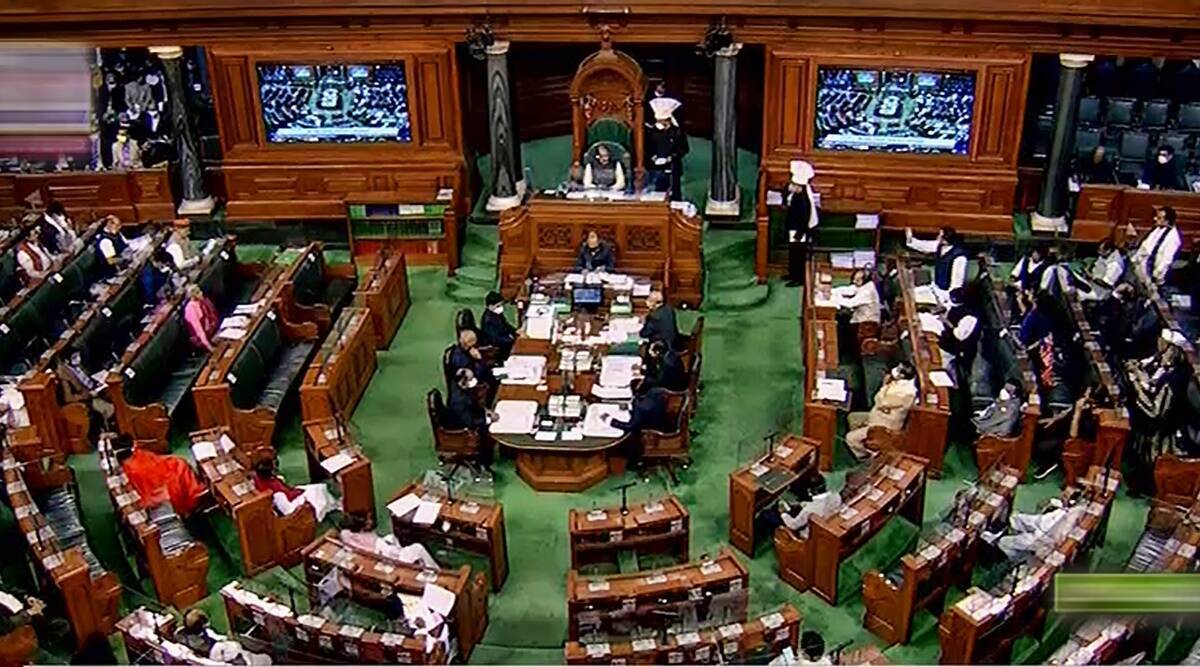
The existing Parliament House, with its iconic circular design blending colonial and Indian architecture, has etched itself into the collective memory of the nation. It stands as a testament to the resilience and spirit of the Indian people, who fought tirelessly for their freedom within its hallowed chambers. From the inspiring words of Jawaharlal Nehru's "Tryst with Destiny" speech to the unanimous resolution of the 1962 Sino-Indian conflict, the walls have absorbed the emotions and aspirations of a young nation yearning for progress.
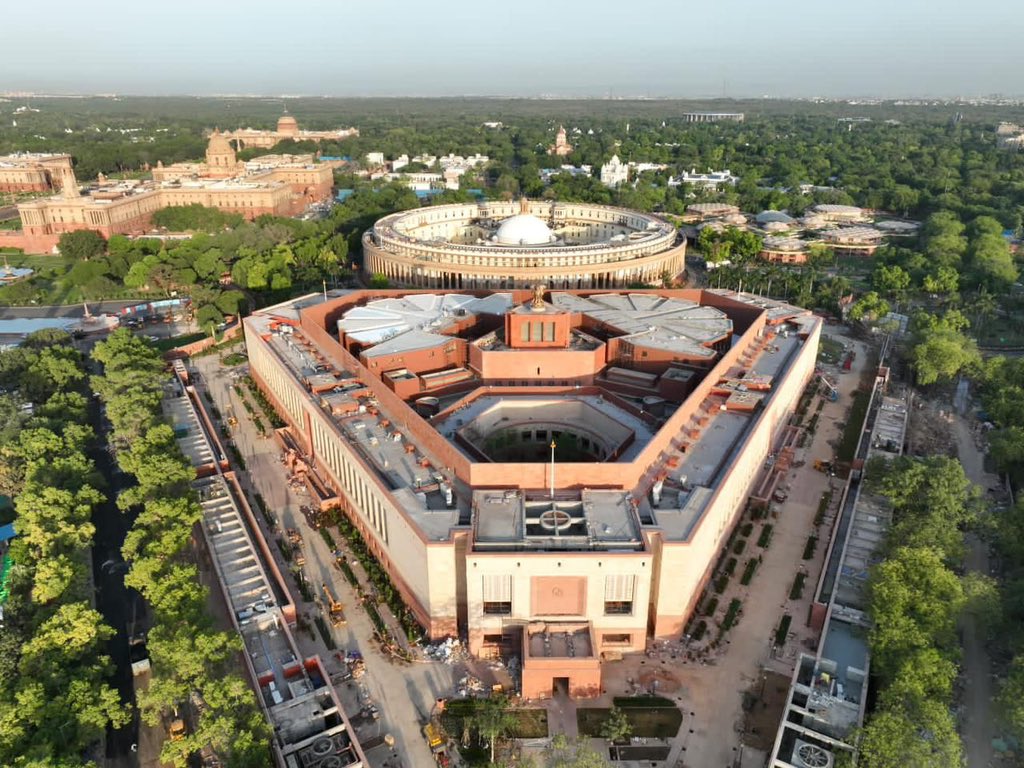
If Jawaharlal Nehru had started his tryst with the nation from this building, then that tryst was negotiated with different parameters and on different occasions, several times in the history of the nation. It was from this building only Indira Gandhi announced the formation of Bangladesh in 1972. Indira Gandhi had to take the world in her stride to scoop Bangladesh out of Pakistan.

If Indira Gandhi’s resilience and courage liberated India from its colonial hangover, then P V Narasimha Rao’s announcement of open market economy from the same building in 1991 gave India the primary boost to become a global economic player. Nearly 16 years later in 2017 Prime Minister Narendra Modi and President Pranab Mukherjee pressed a button at the stroke of midnight on Friday to launch India’s biggest tax reform from the historic central hall of parliament.
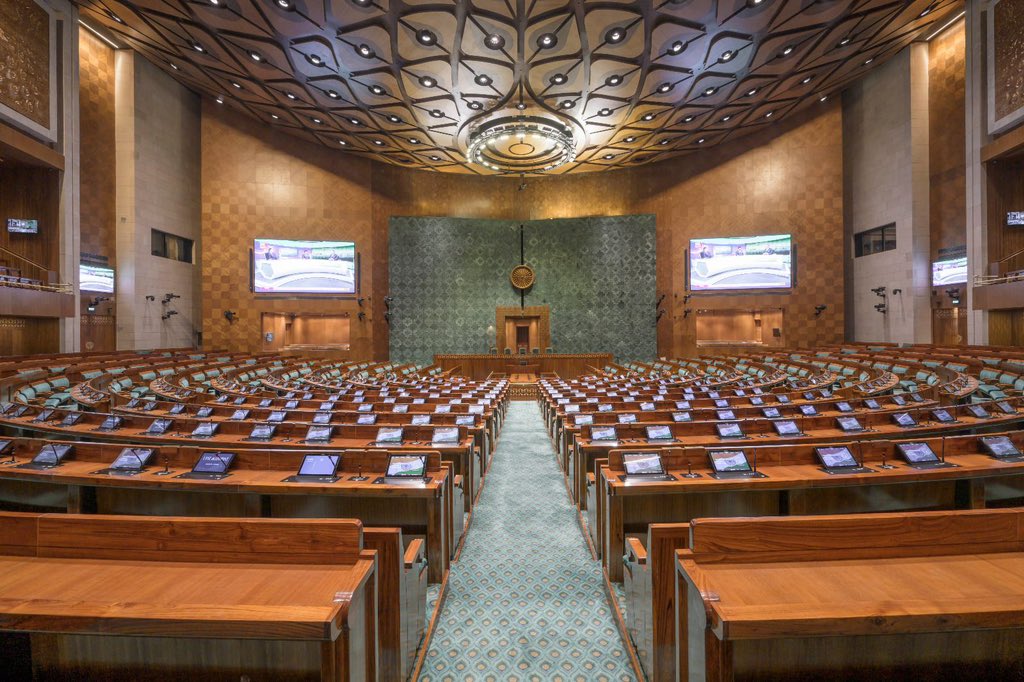
However, there are certain episodes in the history of Parliament that the people of the country would prefer to erase from their memory. One such period occurred in India from 1975 to 1977, known as the Emergency. Under Article 352 of the Constitution, President Fakhruddin Ali Ahmed officially declared the Emergency due to the prevailing "internal disturbance" as suggested by Prime Minister Indira Gandhi. It was enforced from June 25, 1975, until March 21, 1977. This declaration bestowed upon the prime minister the power to govern by decree, resulting in the cancellation of elections and the suspension of civil liberties. Throughout the majority of the Emergency, Gandhi's political opponents were imprisoned, and the press faced censorship. Numerous human rights violations occurred during this time, including a forced sterilization campaign led by her son, Sanjay Gandhi.
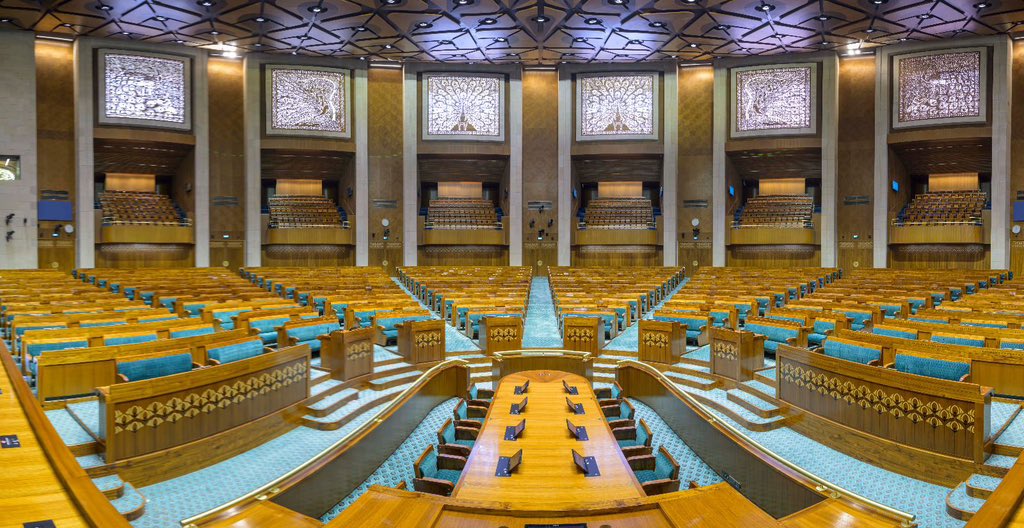
Also read: This is how the new Parliament building will look like
If the Emergency symbolized autocracy and the stifling of the nation's voice, then in December 2001, the nation experienced the brutal grip of terrorism when members of Lashkar-e-Taiba (LeT) and Jaish-e-Mohammed breached the premises. They utilized a White Ambassador vehicle adorned with counterfeit Home Ministry stickers. Armed with AK-47 rifles, grenades, grenade launchers, and handguns, the attackers managed to penetrate multiple layers of security. Thankfully, all Members of Parliament were able to evacuate safely. However, the attack resulted in the tragic loss of nine lives and left 18 individuals injured, including six Delhi police officers and two Parliament security officials.
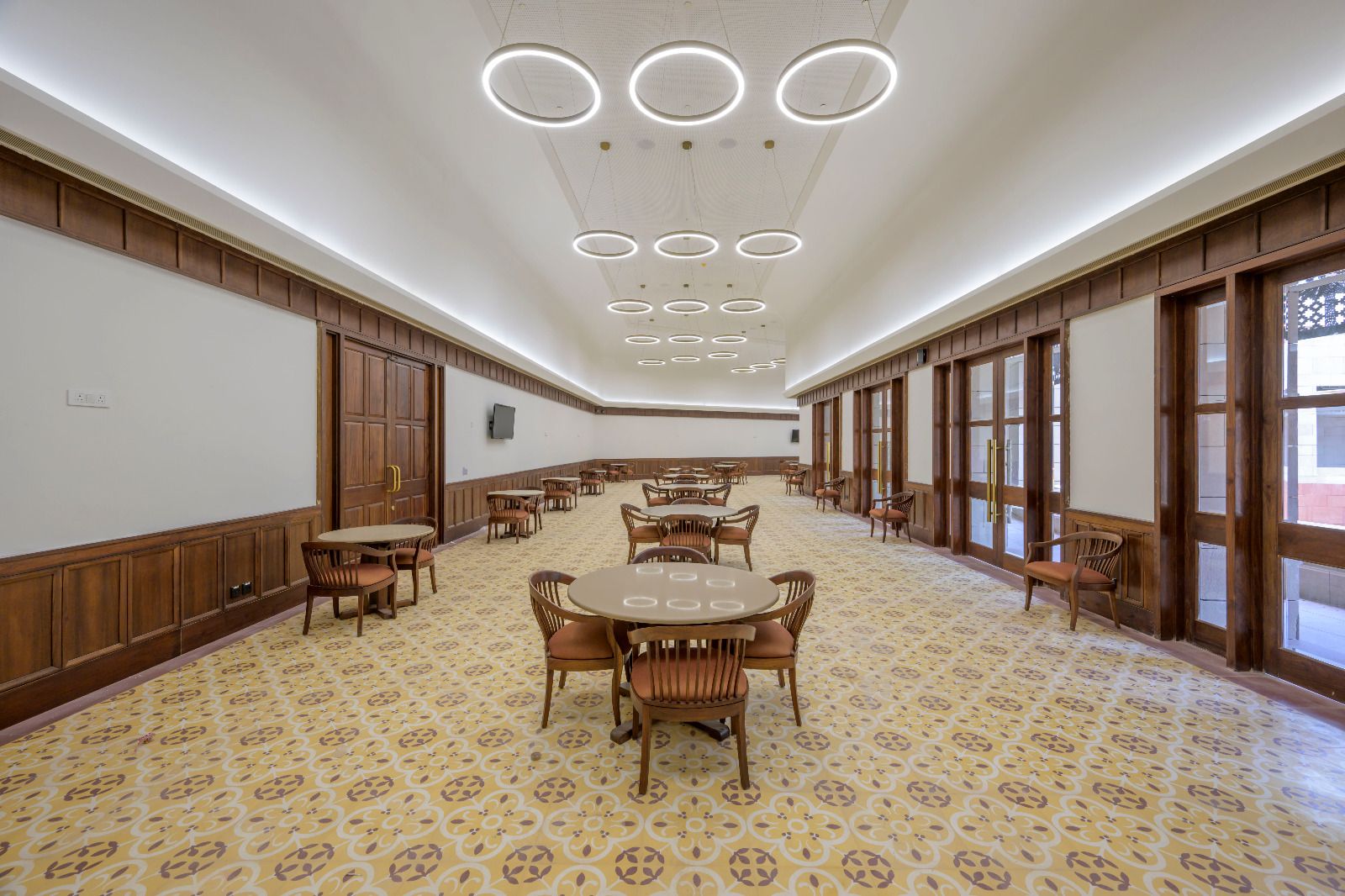
During the encounter, one of the attackers wearing a suicide vest was shot, triggering the explosion of his bomb and causing his own demise. The remaining four assailants were also neutralized. In response to this audacious assault, the Minister of Home Affairs at the time, LK Advani, described it as a "terrorist assault on the very bastion of our democracy, clearly aimed at wiping out the country's top political leadership."
The erosion of democracy and the lethal aggression of terrorism was further marred in 2008 when the entire nation witnessed BJP MPs brandishing bundles of currency notes, alleging that the Congress party had attempted to bribe them to win a no-confidence motion. Ashok Argal, MP from Morena, Faggan Singh Kulaste, MP from Mandla, and Mahavir Bhagora, MP from Salumber in Rajasthan waved the notes, bringing the proceedings to a halt and bringing shame upon the entire nation.
Nevertheless, as the new parliament building takes its place on the central vista, the future of the old structure remains uncertain. Discussions have revolved around repairing and repurposing the building for alternative use, preserving its historical significance, and allowing it to continue serving the people. Perhaps it could be transformed into a museum, where the rich tapestry of India's democratic journey is preserved for future generations to behold. Every nook and cranny could house artefacts and exhibits that narrate the story of India's struggle for independence, its triumphs, and its challenges. Visitors would walk through its corridors, filled with awe at the weight of history and the power of human resilience.
Irrespective of its future purpose, the old Parliament House will forever stand as a guardian of memories, a silent witness to the evolution of a nation. It has witnessed India's transformation from a colony to an independent democracy, from a struggling nation to a global powerhouse. Its walls have absorbed the passion, fervour, and resilience of countless individuals who have endeavoured to shape the destiny of this great land.
As we bid farewell to the old, we embrace the new with hope and anticipation. The inauguration of the new parliament building heralds a new chapter in India's democratic journey, promising modernity and progress. Yet, let us not forget the lessons learned within the walls of the old Parliament House. Let us honour its legacy, preserve its memories and cherish its role in the tapestry of Indian history. May it continue to inspire generations to come, reminding them of the sacrifices and struggles that have paved the way for the new.
